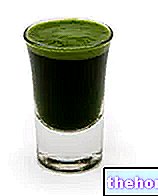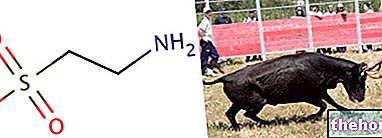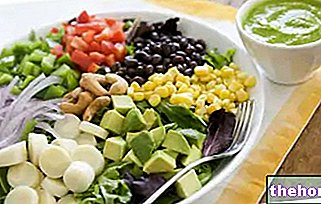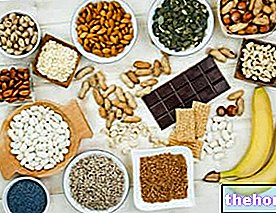Glutamine and training
Edited by Dr. Davide Marciano
Glutamine is a non-essential amino acid and represents 2/3 of the amino acids present in the muscles. Most of the glutamine in the bloodstream is produced by muscles and some organs, such as the liver.
Many of the other amino acids, especially BCAAs, act as precursors.
Studies have shown that increased muscle hydration can affect muscle growth; the greater the hydration, the greater the rate of protein synthesis (also for this reason it is advisable to drink a lot of water). Logically, the decrease in cell volume is highly catabolic. Glutamine is able to increase muscle hydration .
The depletion of this amino acid follows a strange course consisting of 2 phases:
The first that decreases is glutamine in the blood and occurs almost at the beginning of the workout. To compensate for the deficiency, the muscles begin synthesizing new glutamine from other amino acids, such as BCAAs and this inevitably leads to the exhaustion of the latter. Eventually, the newly synthesized glutamine passes into the bloodstream, causing muscle deficiency. this brings our organism towards a state of catabolism, due to a decrease in glutamine and amino acids which were used for resynthesis.
A glutamine deficiency, as previously mentioned, leads to a reduction in protein synthesis which is accentuated in the hours following a workout; as night fasting also causes a loss of glutamine, the two processes combine and increase catabolism. It goes without saying that if you train when your glutamine reserves are still low, you are going to overtrain.
WHY IS GLUTAMINE DESTROYED DURING WORKOUT?
The consumption of glutamine is significant during training because:
1. Intense training causes an increase in cortisol, which is a substance that induces its waste the most, degrading it.
2. Exercise increases the body's consumption of carbohydrates, so both insulin and blood sugar levels are very likely to drop. This induces the use of other substances, apart from carbohydrates, as an energy source; therefore, both the liver and the kidneys take up amino acids, mainly Alanine and glutamine, for energy.
3. Another function of glutamine is to maintain the ACID-BASE balance.
As we train with weights, the muscles produce lactic acid, which passes into the bloodstream and acidifies it. The increase in lactic acid induces a drop in pH (pH is the measurement scale for the concentration of hydrogen ions. A pH below 7 indicates an acidic environment, a pH above 7 indicates a basic environment) .
In this situation, the renal consumption of glutamine can be enormous, which indirectly raises the percentage of bicarbonate. After the newly synthesized bicarbonate has reached the blood, it serves as a buffer by binding to the acid part of the blood to make it at neutral pH and restore the acid-base balance.
4. Glutamine is an excellent fuel for the cells of the immune system.
5. Glutaminic acid produced in the brain from glutamine together with glucose is the primary fuel of brain cells and also, when combined with ammonia, detoxifies the brain.
RECRUITMENT
Glutamine alone is unstable in the presence of water, heat and pH changes (this should make us think about those liquid supplements that claim to contain glutamine).
The most serious problem is that once ingested, a large part of it fails to pass into the blood, ie about 60 - 80% is absorbed by the intestine; the remaining part is too little to meet the needs of our muscles.
Its combination with ALANINE + GLYCINE + BCAA is excellent. The first two make glutamine much more stable, while BCAAs are its precursors.
Peptide is preferred to simple glutamine because it is clearly superior.
The glutamine in peptide bond means that it is bound to another amino acid which makes the compound much more stable.
Studies have shown that this peptide form makes glutamine 10 times higher than the simple form.
It is also recommended because:
1. It gets absorbed faster
2. It is not used and broken down by the gut and liver as quickly as free glutamine.
DOSES
5g are taken. before a workout and 5 / 10g after the workout for faster recovery and to reduce cortisol levels.




























